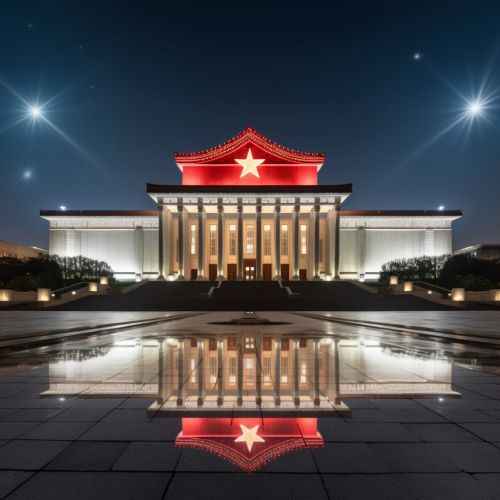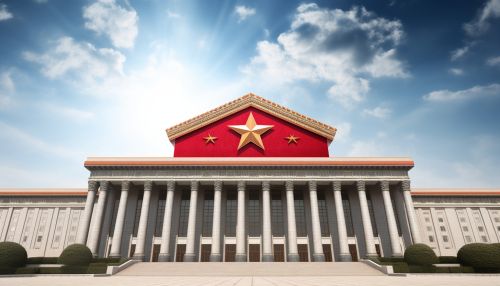People's Republic of China
History
The history of the People's Republic of China begins with its establishment on October 1, 1949, following the culmination of the Chinese Civil War. The Chinese Communist Party (CCP), led by Mao Zedong, declared the formation of the People's Republic, marking an end to the period of Nationalist control under the Kuomintang.


Politics and Government
The People's Republic of China is a one-party state governed by the Chinese Communist Party. The country's political structure is defined by its constitution, which establishes the National People's Congress (NPC) as the highest state body and the President as the state head.
Economy
China has the world's second-largest economy by nominal GDP and the largest by purchasing power parity. Since the introduction of economic reforms in 1978, China has become one of the world's fastest-growing major economies, transitioning from a centrally-planned economy to a more market-based one.
Society and Culture
Chinese society is marked by a rich tapestry of cultures, traditions, and ethnic groups. The Han Chinese make up the majority of the population, but there are also 55 recognized ethnic minorities.
Military
The People's Liberation Army (PLA) is the armed forces of the People's Republic of China and the armed wing of the CCP. It consists of five professional service branches: the Ground Force, Navy, Air Force, Rocket Force, and the Strategic Support Force.
Geography and Environment
China is the world's third or fourth largest country by total area. The country's landscape is vast and diverse, with forest steppes and the Gobi Desert in the arid north and subtropical forests in the wetter south. The Himalayas, home to the world's highest point, Mount Everest, run along China's southwestern frontier.
